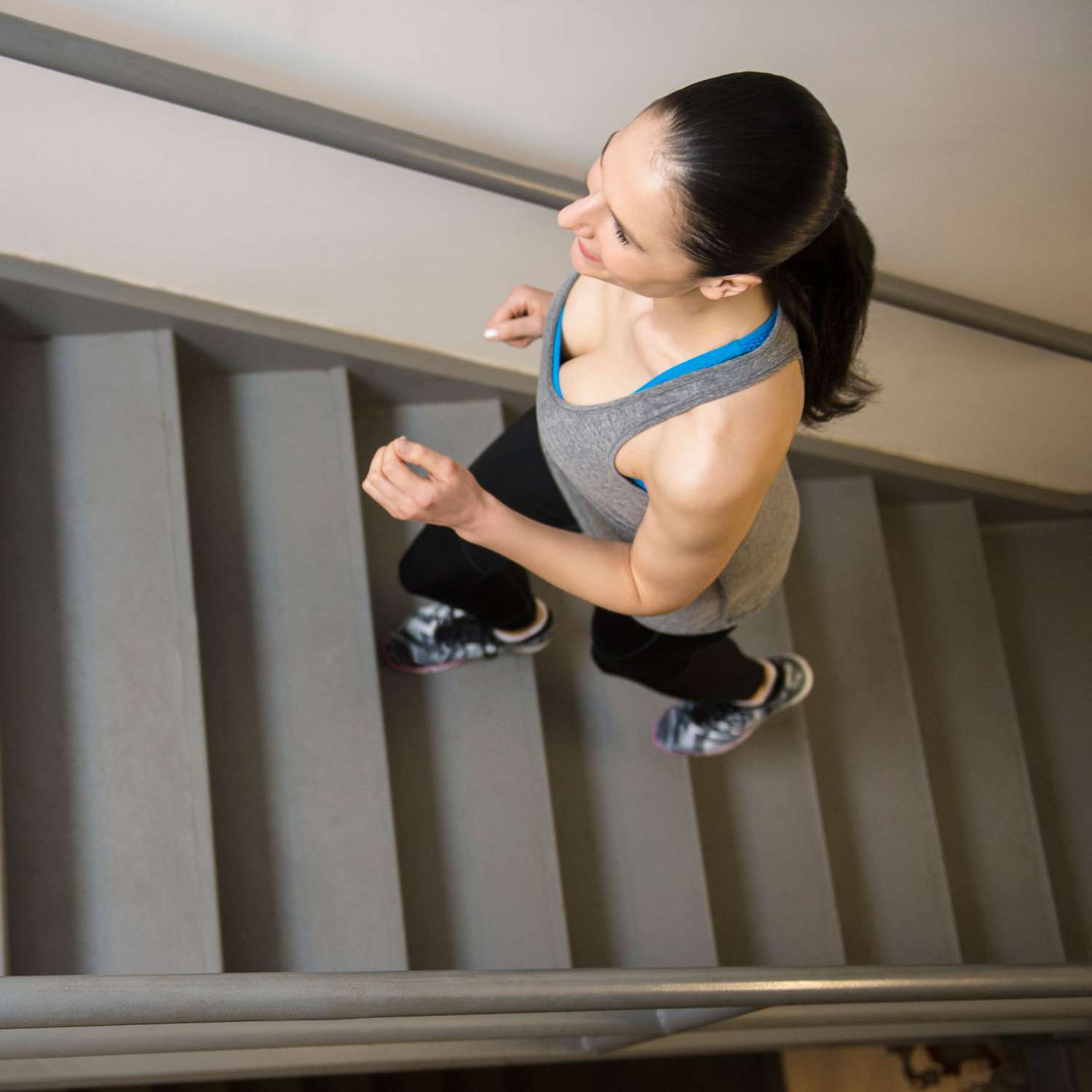

Articles
How To Walk Up Stairs
Modified: December 7, 2023
Discover helpful articles on how to walk up stairs easily and safely. From proper technique to exercises, our guides will improve your stair climbing abilities.
(Many of the links in this article redirect to a specific reviewed product. Your purchase of these products through affiliate links helps to generate commission for Storables.com, at no extra cost. Learn more)
Introduction
Walking up stairs may seem like a simple task that we do effortlessly every day. But have you ever stopped to think about the mechanics behind this activity? Walking up stairs actually involves a series of coordinated movements that engage various muscles in our legs and core.
Whether you’re climbing a flight of stairs in a tall building or tackling a staircase in your own home, it’s important to understand the proper technique to minimize the risk of injury and maximize efficiency. In this article, we will take a closer look at the step-by-step process of walking up stairs and provide helpful tips to make your ascent a smooth and successful one.
Key Takeaways:
- Proper technique for walking up stairs involves good posture, engaging core muscles, and maintaining balance. This minimizes the risk of injury and makes the ascent more efficient and comfortable.
- Approach stairs with a steady gait, plant feet securely, lift legs with control, transfer weight smoothly, and maintain a consistent rhythm. This ensures stability, reduces the risk of missteps, and makes the climbing process more enjoyable.
Read more: How To Walk Up Stairs With A Cane
Step 1: Approach the Stairs
The first step in walking up stairs is to approach them in a controlled manner. As you approach the staircase, make sure to assess the height and length of the steps to determine your strategy for ascending them.
It’s important to approach the stairs with good posture and a steady gait. Keep your head up, shoulders relaxed, and focus on maintaining a balanced center of gravity. This will help you maintain stability and prevent any unnecessary strain on your joints.
As you approach the stairs, slow your pace and prepare your body for the upcoming climb. Take a moment to ensure that the area is clear and free from any obstructions that could potentially impede your ascent. This will help to prevent any accidents or injuries.
Before placing your feet on the first step, it’s essential to engage your core muscles. By activating your core, you provide a solid foundation for your body as you start climbing the stairs. Tighten your abdominal muscles and imagine a string pulling your belly button towards your spine.
Once you have approached the stairs and prepared your body, you’re ready to move on to the next step.
Step 2: Plant Your Feet
As you begin to climb the stairs, the next step is to properly plant your feet on each step. This is crucial for maintaining balance and stability throughout your ascent.
When placing your feet on the steps, make sure to use your entire foot, with the weight evenly distributed between the heel and the ball of your foot. This will provide a solid foundation and prevent any risk of slipping or tripping.
It’s important to avoid placing your foot too close to the edge of the step, as this can throw off your balance and increase the risk of a misstep. Aim to place your foot in the middle of the step, ensuring that your entire foot is securely planted before moving on to the next step.
Keep your toes pointing forward and avoid turning your feet outwards or inwards. This will help to maintain proper alignment and prevent any strain on your ankles and knees.
Additionally, as you plant your feet on each step, use the strength of your leg muscles to push off and propel yourself upward. This will help to distribute the workload evenly and make the climbing process more efficient.
Remember to take your time and maintain a steady pace as you plant your feet on each step. Rushing can increase the risk of a misstep or loss of balance.
With each step up, you’re one step closer to reaching your destination. Once you have successfully planted your feet on the first step, you can move on to the next step in the process.
Step 3: Lift Your Leg
Now that your feet are properly planted on the steps, it’s time to lift your leg and prepare for the next ascent. Lifting your leg correctly is essential for maintaining balance and preventing any unnecessary strain on your muscles.
Start by shifting your weight onto the leg that will remain on the step. This will create a stable base and allow you to lift the other leg with ease. As you lift your leg, engage the muscles in your thigh and buttocks to provide the necessary strength.
While lifting your leg, aim to raise your knee to a level that is slightly higher than the step you are on. This will ensure that your leg clears the step and prevents any accidental tripping or stumbling.
Keep your foot flexed as you lift, with the toes pointing upwards. This will help to stabilize your ankle and maintain proper alignment as you transition to the next step.
As you lift your leg, remember to maintain a smooth and controlled motion. Avoid any sudden jerks or swings, as this can compromise your balance and increase the risk of injury.
Once your leg is lifted, hold the position momentarily before moving on to the next step. This will allow you to maintain stability and ensure a seamless transition to the next ascent.
With each leg lift, you’re making progress towards your destination. Now that you have successfully lifted your leg, you’re ready to move on to the next step in the process of walking up stairs.
When walking up stairs, be sure to use the handrail for support and stability. This can help prevent falls and provide extra balance as you ascend.
Step 4: Transfer Your Weight
After successfully lifting your leg, the next step in walking up stairs is to transfer your weight from the supporting leg to the lifted leg. This motion allows you to ascend to the next step while maintaining balance and stability.
As you begin to transfer your weight, aim to do so gradually and smoothly. This will help to ensure a controlled and seamless movement. Avoid any sudden shifts or jerks, as these can disrupt your balance and increase the risk of a misstep.
Start by slowly shifting your weight onto the lifted leg while keeping the supporting leg relaxed. Allow the supporting leg to slightly bend as it takes on less weight. This will create a smooth transfer of weight and assist in maintaining stability.
While transferring your weight, it is important to engage your core muscles. This will help to stabilize your body and prevent any unnecessary strain on your back and hips.
Additionally, as you transfer your weight, focus on maintaining alignment. Ensure that your hips and shoulders are parallel to the steps, and avoid twisting or leaning to one side as this can throw off your balance.
Continue to hold your lifted leg in the elevated position as you transfer your weight. This will provide additional stability and prepare you for the next step of the ascent.
Once you have fully transferred your weight to the lifted leg, you are now ready to move on to the next step of walking up stairs.
Read more: Dizzy When Walking Up Stairs
Step 5: Ascend the Next Step
Now that you have successfully transferred your weight, it’s time to ascend to the next step. This involves lifting your supporting leg and repeating the process of planting your feet, lifting your leg, and transferring your weight.
To ascend to the next step, start by lifting your supporting leg. Follow the same technique as before, engaging the muscles in your thigh and buttocks to provide the necessary strength. Lift your leg to a height that clears the step, similar to the previous step.
As you lift your leg, be mindful of your balance and alignment. Keep your foot flexed, toes pointing upward, and maintain a controlled motion throughout the process.
Once your leg is lifted, focus on planting your foot securely on the next step. Use your entire foot, distributing the weight evenly, and aim to place it in the middle of the step for maximum stability.
As you plant your foot, transfer your weight from the lifted leg to the newly planted leg. This process should be smooth and controlled, allowing for a seamless transition to the next step.
Remember to engage your core muscles and maintain good posture as you ascend to the next step. Keep your head up, shoulders relaxed, and maintain a balanced center of gravity.
Continue repeating the process of ascending to the next step by planting your feet, lifting your leg, and transferring your weight until you reach the desired height or reach the top of the staircase.
With each step you ascend, you are one step closer to your destination. So, keep the momentum going as you ascend to the next step in the process of walking up stairs.
Step 6: Repeat the Process
As you continue your ascent up the stairs, you will need to repeat the process of Steps 2-5 for each subsequent step. The key is to maintain a consistent rhythm and technique to ensure a smooth and efficient climb.
Start by planting your feet securely on each step, ensuring that your weight is evenly distributed between the heel and the ball of your foot. Maintain good posture and engage your core muscles to provide stability and support.
Lift your leg with controlled movements, raising your knee slightly higher than the step to clear it. Keep your foot flexed and toes pointing upward throughout the lift.
Transfer your weight from the supporting leg to the lifted leg, allowing for a gradual and steady shift. Engage your core muscles to maintain balance and alignment.
Once you have transferred your weight, repeat the process by lifting your supporting leg and ascending to the next step. Plant your foot securely, distribute your weight evenly, and transfer your weight smoothly.
Continue this pattern of planting, lifting, transferring, and ascending as you progress up the stairs. Remember to maintain a steady pace, avoiding rushing or taking overly large steps that could compromise your balance.
Keep your focus on each step as you repeat the process, ensuring that each movement is deliberate and controlled. This will help to prevent any missteps or balance issues.
As you near the top of the staircase, maintain your technique and rhythm, taking one step at a time until you have reached your destination.
By consistently repeating the process with each step, you are making steady progress and successfully walking up stairs with efficiency and stability.
Conclusion
Walking up stairs may seem like a mundane activity, but it involves a series of coordinated movements that engage various muscles in our bodies. By understanding and practicing the proper technique, you can minimize the risk of injury and make your ascent more efficient and comfortable.
Approaching the stairs with good posture and a steady gait sets the foundation for a safe climb. Planting your feet securely on each step, lifting your leg with control, transferring your weight smoothly, and ascending to the next step are the key steps in the process.
Throughout the process, it’s crucial to engage your core muscles for stability, align your body properly, and maintain a consistent rhythm. By doing so, you can maintain balance while distributing the workload evenly across your legs and core.
Remember to take your time, stay focused on each step, and avoid rushing. Rushing can increase the risk of missteps and accidents, so maintaining a steady pace is essential.
Whether you’re climbing stairs for a workout, to reach the next floor of a building, or simply going about your daily routine, the proper technique is essential. By following these steps and incorporating them into your stair-climbing routine, you can improve your overall efficiency, reduce the risk of injury, and make the process more enjoyable.
So, the next time you approach a staircase, keep these steps in mind and conquer those steps with confidence and ease. Happy climbing!
Frequently Asked Questions about How To Walk Up Stairs
Was this page helpful?
At Storables.com, we guarantee accurate and reliable information. Our content, validated by Expert Board Contributors, is crafted following stringent Editorial Policies. We're committed to providing you with well-researched, expert-backed insights for all your informational needs.
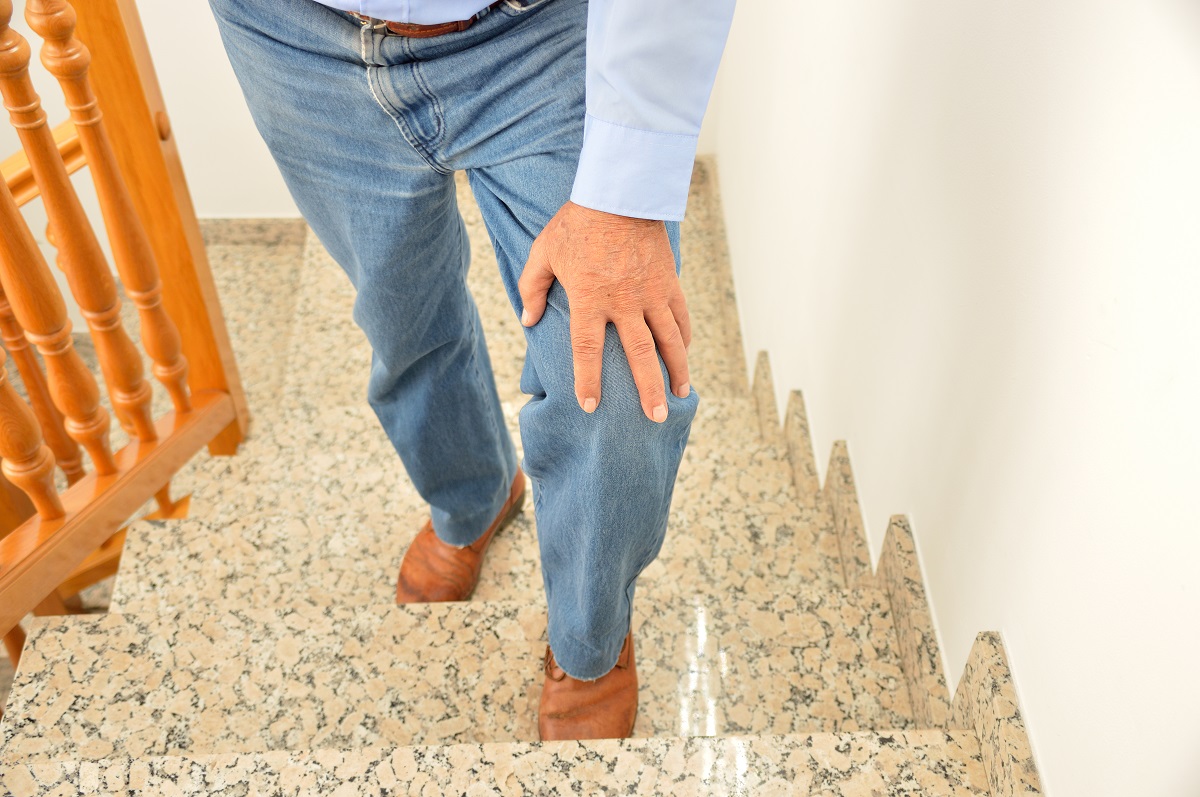

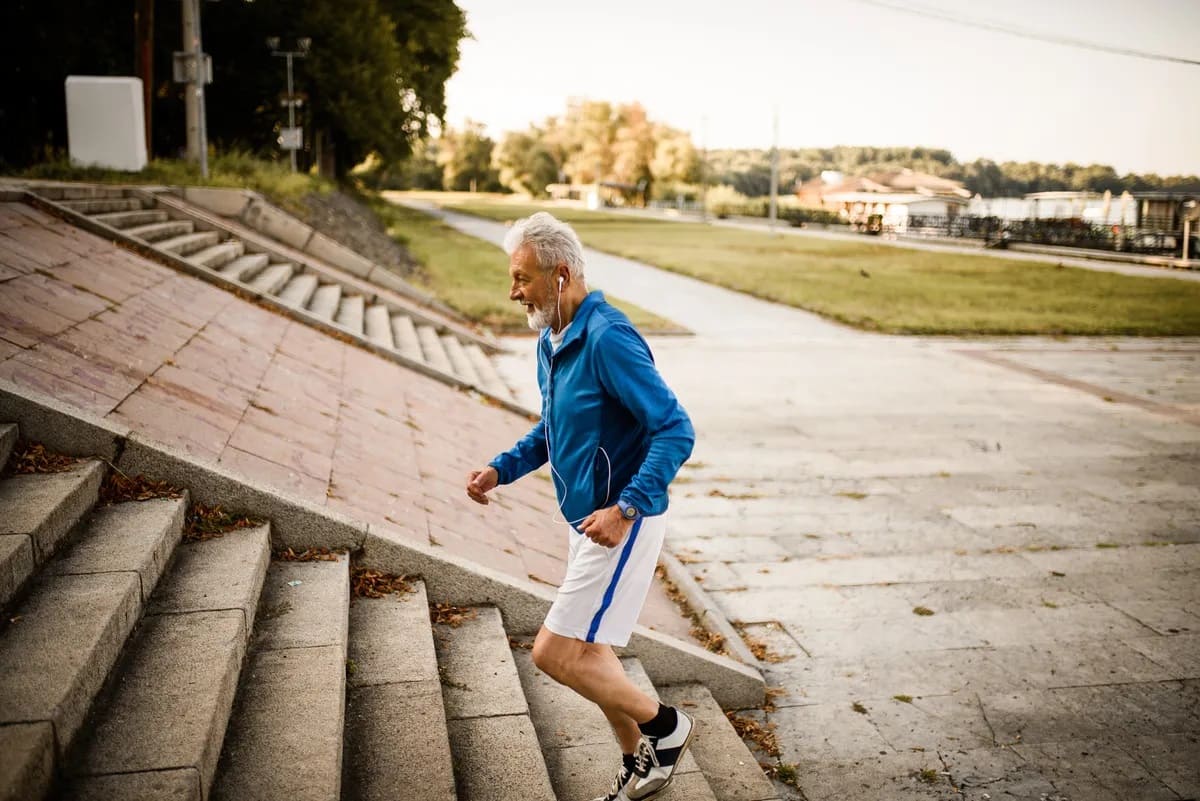


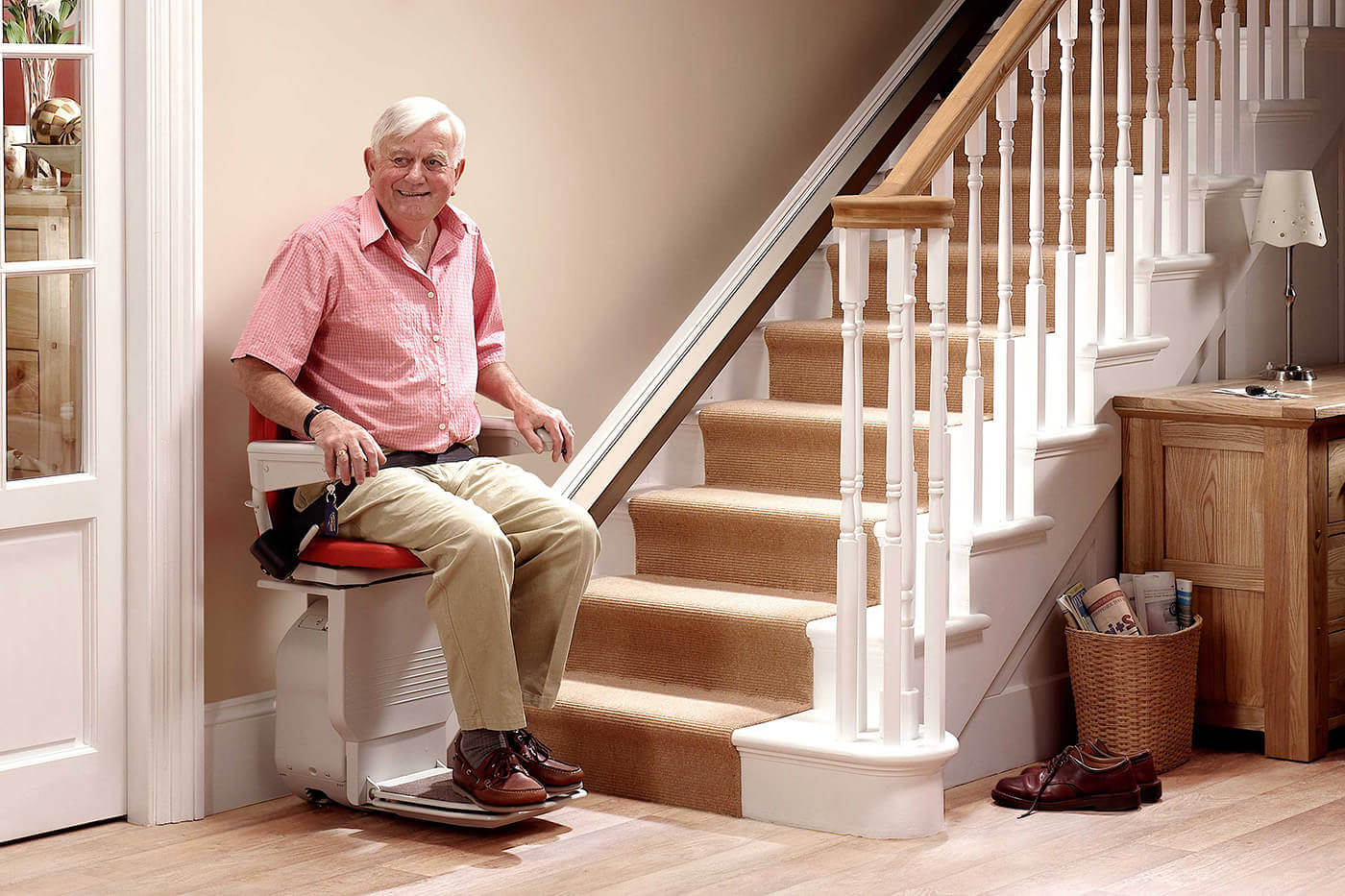



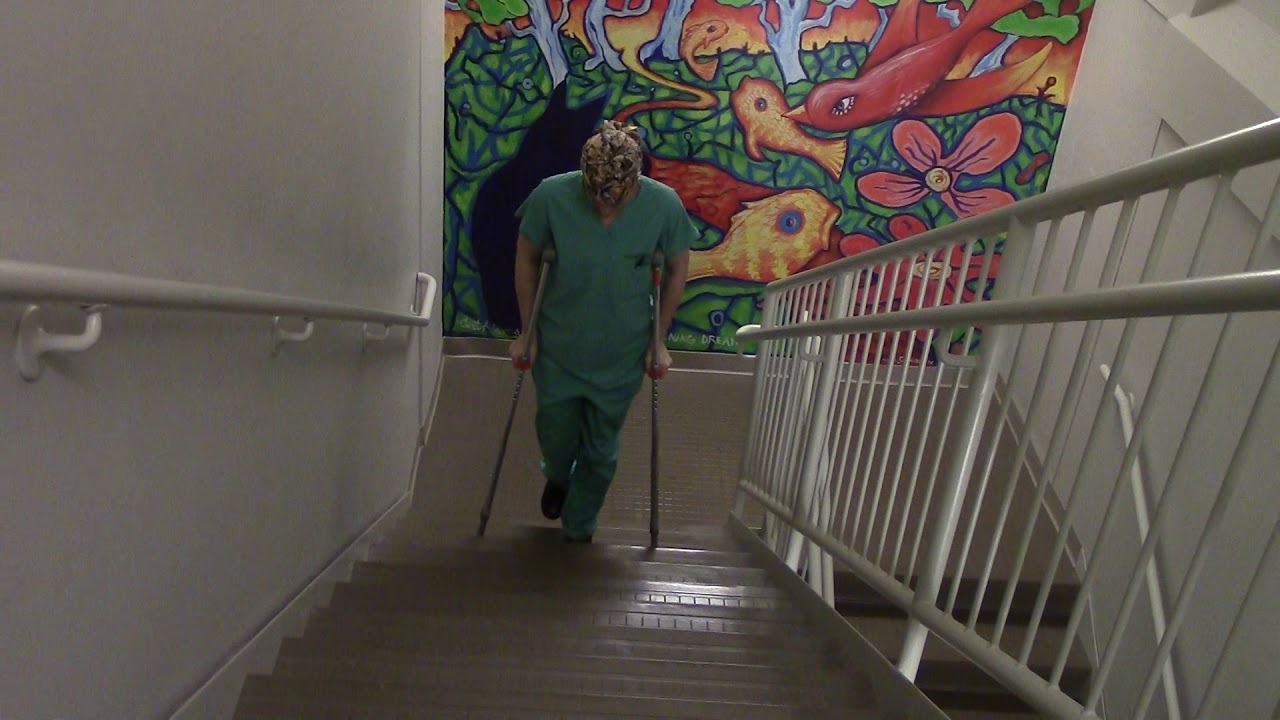



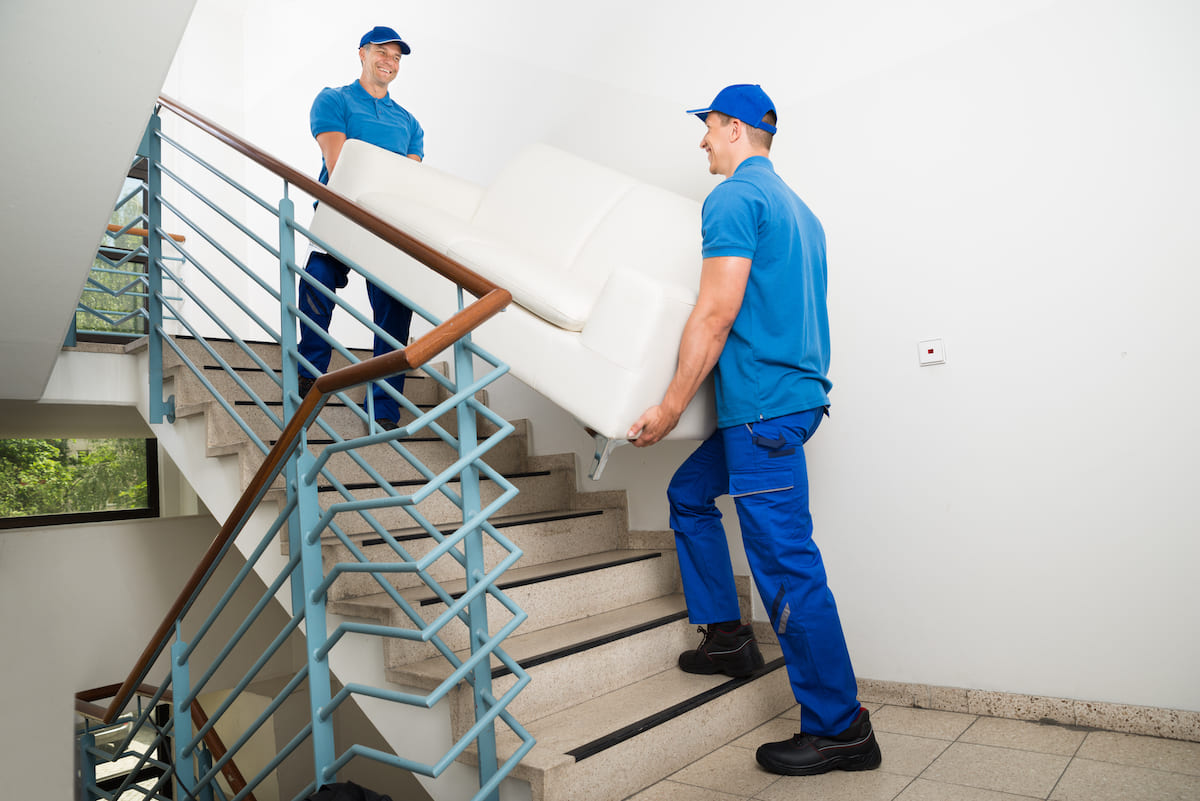

0 thoughts on “How To Walk Up Stairs”